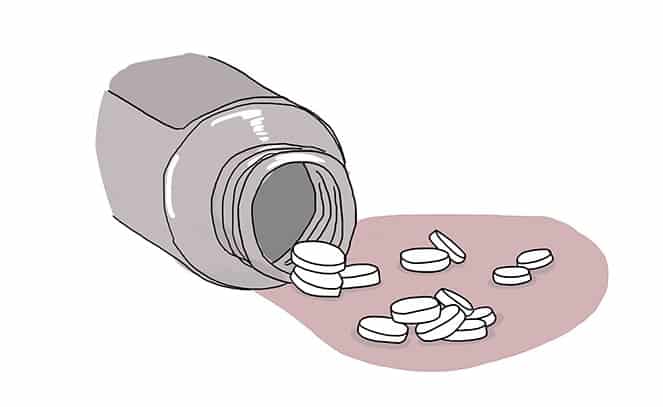Need a vaccination for an upcoming trip? Is a refill on your prescription required soon? While these might seem like easy problems to fix, getting that vaccine or refill could be harder than you think.
Though Health Canada created a Multi-Stakeholder Steering Committee on Drug Shortages in 2012 to tackle the drug shortage issue and also implemented mandatory reporting of anticipated and actual drug shortages by drug manufacturers in 2017, the problem continues to persist.
Dr. Jacalyn Duffin, Professor Emerita at Queen’s University and graduate of U of T’s Faculty of Medicine, has been a staunch communicator on the issue.
Duffin founded canadadrugshortage.com, a platform that tracks drug shortage issues in Canada. According to Duffin, individuals who rely on generic products are most likely to be affected by drug shortages.
She also pointed out that “people can be affected by it without knowing,” expressing her concern that media attention on the shortages of bupropion and EpiPens takes away from the fact that “there are literally [hundreds] of other drugs in short supply at any given time.”
Since 2010, physicians and pharmacists in Canada have been struggling to get vaccinations and prescription medications to their patients due to a drug shortage problem. As a result, those who require these medications end up relying on alternatives that could be less safe and less effective.
One of the drugs undergoing a national shortage is the antidepressant bupropion. This shortage is especially problematic since there are no available alternatives to the medication.
Also of concern is the shortage of EpiPens, which are manufactured by only one supplier in Canada. This shortage is so extensive that Health Canada has gone so far as to recommend patients keep and use expired EpiPens in cases of an allergic reaction. Considering that about four per cent of Canadians have food allergies, it’s not farfetched to assume that many U of T students would be affected by this shortage.
It might be confusing that drug companies, whose priorities are to research, develop, and supply drugs to people in need, are failing at one of these vital tasks. However, getting a pill or vaccine to the public is a process that involves much more work than one might think.
A single drug must go through review, authorization, manufacturing, procurement, and distribution before it can be delivered to patients by their primary health care providers. A holdup during any one of these processes can cause a drug shortage.
Among the most prevalent of these setbacks are a lack of raw materials, difficulties in manufacturing, regulatory disturbances, business decisions, and unexpected surges in public demand.
Many of these issues are difficult for both pharmaceutical companies and the Canadian government to combat as they arise. For example, raw materials required for certain drugs often need to be imported from other countries. Issues like contaminated supply from one of these imports can cause an immediate holdup in the drug manufacturing pipeline.
The expiration of medications and vaccines is another way in which the science of drugs and vaccines can also play into shortages. Vaccines especially should not be administered after their expiration date, as they lose their potency and efficacy over time. Companies seek to clear their shelves before vaccines expire, as it can be an expensive ordeal to make them just to throw them away, but this makes maintaining a backup supply difficult if a surge in public demand occurs.
“We can’t talk about solutions [until] we understand the causes,” wrote Duffin.
She also added that we can’t understand these causes until shortages are measured and an essential medicines list is made to better monitor drug supplies and sources.
Such a list would include 200–500 medicines that the government would commit to keeping in stock at all times. In a 2016 report, Duffin laid out the costs and benefits of such a commitment and provided examples of where such a list has improved the quality of care in at least seven other countries.
With shortages averaging 1,000 per year in Canada between 2014–2017 and affecting more than 1,200 products, the drug shortage problem is only on the rise. In a more recent report on the current situation, Duffin and her colleagues urged Health Canada to provide an annual report on the drug shortage problem to “define it, explain it and, above all, solve it.”
Until then, U of T students and other residents of Canada will have to hope that a drug shortage won’t affect them next.


